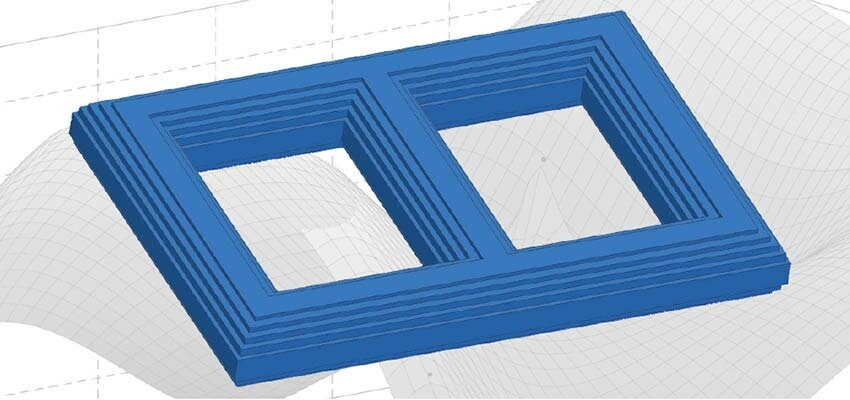
Determining transformer core losses based on investigation of core material behaviour during test and operation – results
Abstract By identifying the characteristic equation of the specific no-load losses of each iron sheet based on the core configuration, it is possible to reach...
byAhmed Gamil, Franz Schatzl

Abstract
By identifying the characteristic equation of the specific no-load losses of each iron sheet based on the core configuration, it is possible to reach a high level of accuracy in detecting no-load losses over a wide range of flux density. The method is applicable and frequently used for reference as well as for new sheet types that appear on the market. The results presented in this paper are based on one year experience, showing that the total weight and volume of transformers have clearly been reduced.
Keywords: transformers, core parameter, core corners, Reference Sheet Type (RST), New Sheet Type (NST), building factor
Part 1 of this paper, published in Transformers Magazine Vol 2 Issue 4, described a mathematical model of a new approach for accurate determination of no-load losses. In Part 2 of the paper, the results and practical experience with the application of the new approach are presented.
1. Results
The results of this study are divided into two sections. The optimisation results define the characteristic equation of each iron sheet material, combined with its histogram density function, which shows the probability of reaching a certain tolerance. Second section concerns practical results, which provide an overview of the real deviation between the measured and calculated no-load losses using the new approach over the last year. Besides, some transformer design examples will be considered in a comparison between the first designs built many years ago and the new designs depending on the new approach. On the one hand, the core weight and consequently the whole transformer volume will be reduced. On the other, an accurate estimation of no-load losses will assist in avoiding exceeding guarantee limits and penalty consequences.
1.1 Optimisation results
Defining the core parameters means that the characteristic equation of the core material can be obtained separately for the corners and for the rest of the core (limb & yoke). Figure 6a illustrates how Pspc changes with the change of B for the core corners and the rest of the core. These curves result from material handling and core manufacturing for four different materials. These materials have specific no-load losses in the range of 0.75 to 0.91 W/kg and the grade range from 23 to 30, which means that the material manufacturer is not able to detect this behaviour as long as there is no information from the core manufacture. Besides, these curves could only be used concerning a certain known path of the core material, namely: certain core manufacturing plus certain material handling plus core-form transformer.







